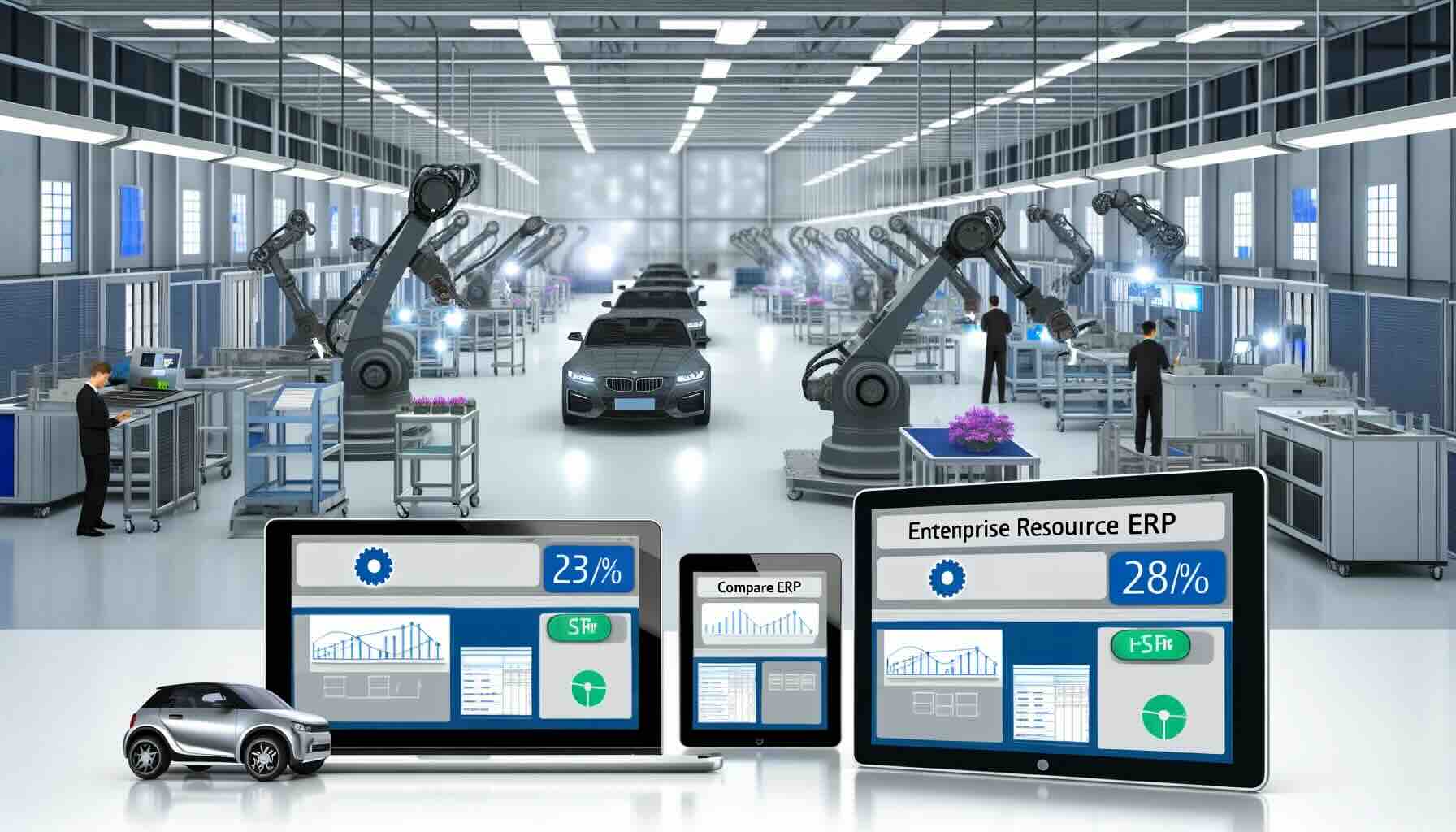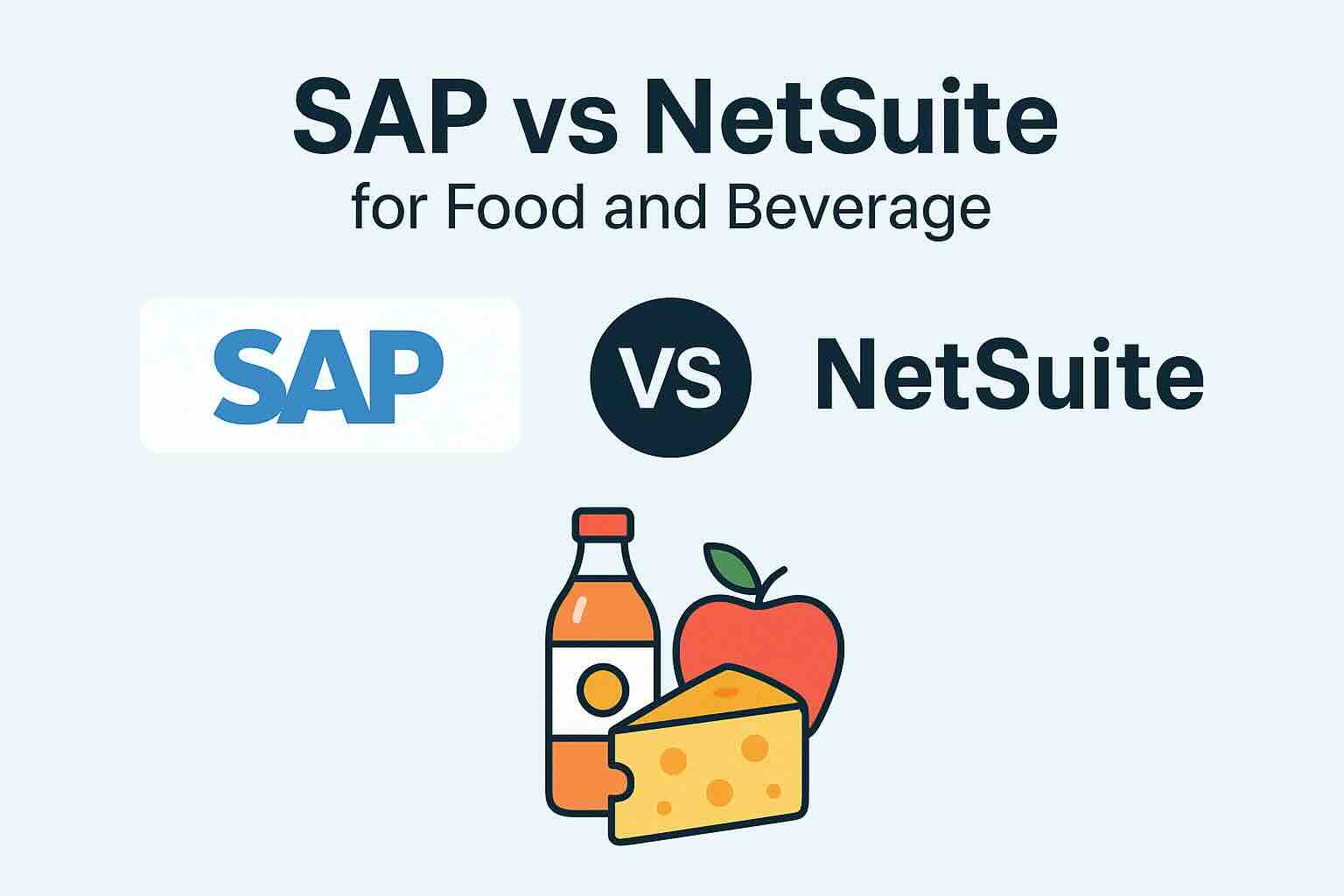What is SAP S/4HANA?

SAP S/4HANA: An In-Depth Analysis
SAP S/4HANA, SAP’s flagship Enterprise Resource Planning (ERP) suite, is increasingly becoming a choice for businesses seeking digital transformation. As companies evaluate their ERP options, understanding the strengths and weaknesses of such systems is critical. This blog aims to dissect SAP S/4HANA, providing insights into its capabilities and limitations.
Introduction to SAP S/4HANA
SAP S/4HANA is an integrated ERP system designed to provide real-time data processing and advanced analytics. Built on SAP’s advanced in-memory platform, HANA, it offers a reimagined user experience with the SAP Fiori interface. The system is designed to handle a wide range of business functions, from finance and supply chain management to customer relationship management (CRM) and more.
Strengths of SAP S/4HANA
- Advanced In-Memory Technology: The backbone of SAP’s cloud ERP is the HANA database, which allows for processing large volumes of data in real-time. This technology is a game-changer for businesses requiring instant access to transactional and analytical data for decision-making.
- Enhanced User Experience with SAP Fiori: SAP Fiori’s user interface dramatically improves user experience with a role-based, intuitive design. This modern interface enhances productivity and user adoption.
- Flexibility and Scalability: SAP Cloud ERP is highly scalable, catering to the needs of both small businesses and large enterprises. It offers various deployment options, including on-premise, cloud, and hybrid models, providing flexibility to businesses based on their needs.
- Strong Integration Capabilities: S/4HANA is designed to integrate seamlessly with other SAP solutions and third-party systems. This integration capability is vital for organizations seeking to maintain a cohesive IT ecosystem.
- Robust Functionalities Across Modules: SAP S/4HANA offers comprehensive functionalities across various business modules, making it a comprehensive solution for diverse business processes.
Weaknesses of SAP S/4HANA
- Complexity and Implementation Challenges: Implementing SAP S/4HANA can be a complex endeavor, particularly for organizations transitioning from legacy SAP systems or other ERP platforms. The process requires substantial planning, time, and expertise.
- Cost Implications: The total cost of ownership can be high. Besides licensing fees, organizations might incur significant expenses for implementation, customization, and ongoing maintenance.
- Training and Adaptation: The shift to SAP S/4HANA, especially from older SAP versions or other ERP systems, can pose a steep learning curve for users. Effective training and change management are crucial for a smooth transition.
- Customization Limitations: While highly configurable, extensive customizations can complicate upgrades and integrations. Companies need to carefully balance the need for customization against the ease of future maintenance.
- Resource Intensity: Deploying and maintaining an SAP S/4HANA system requires skilled IT personnel. The in-memory computing of HANA, while powerful, also demands significant hardware and infrastructure resources, especially for on-premise deployments.
Conclusion
SAP S/4HANA stands out for its real-time data processing, advanced analytics, and user-friendly SAP Fiori interface. Its scalability and integration capabilities make it a robust choice for a wide range of business needs. However, its complexity, cost, and resource intensity are important considerations, particularly for small to mid-sized businesses or those with limited IT capabilities. Businesses considering SAP Cloud ERP should thoroughly assess their operational requirements, IT infrastructure, and long-term digital strategy to ensure it aligns with their organizational objectives.
To compare SAP S/4HANA with 100s of other ERP solutions, you can use our new AI-powered Compare ERP tool. It’s free to use and you get a guaranteed discount on your first year’s licence fees with a referral from Compare ERP.









